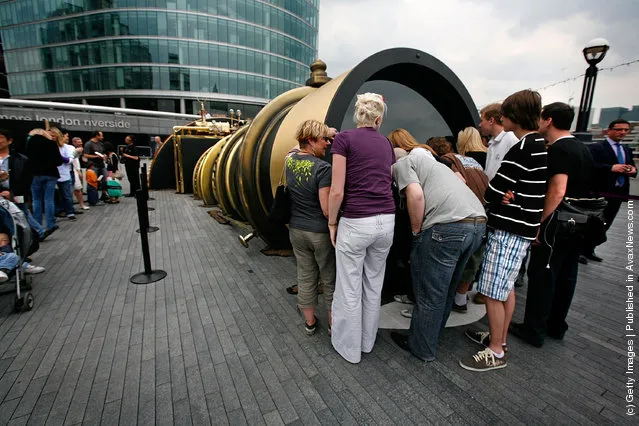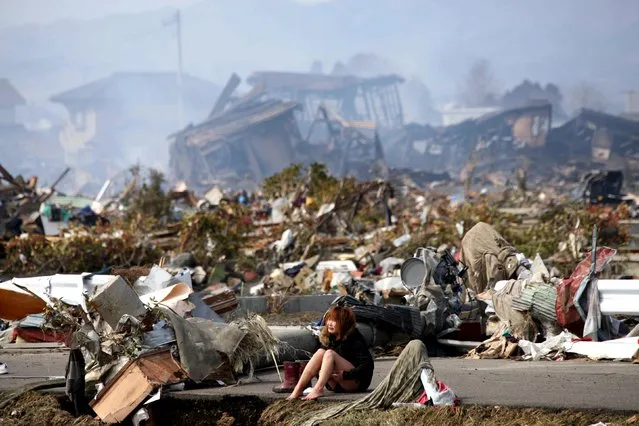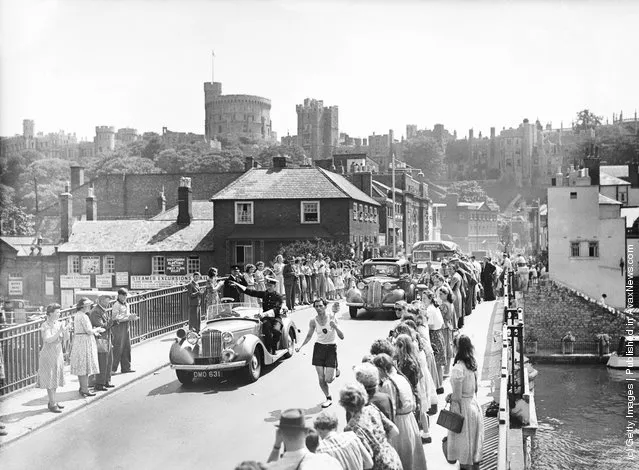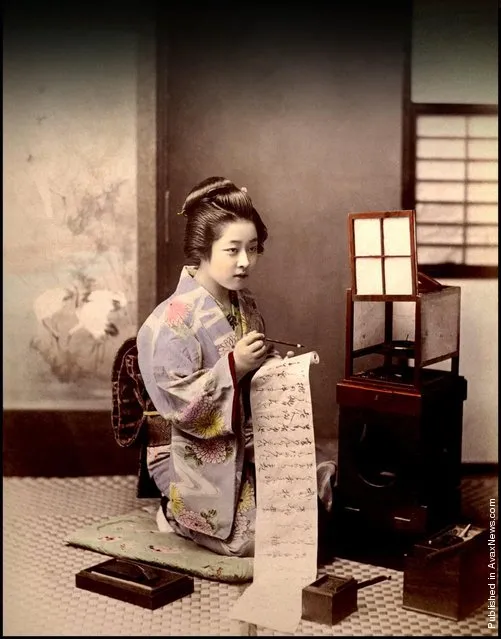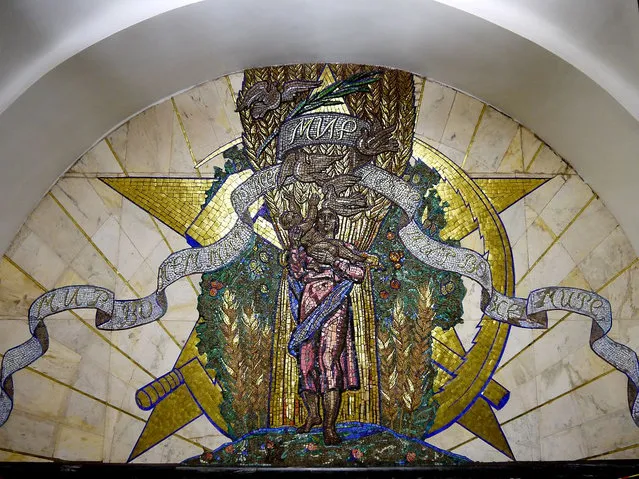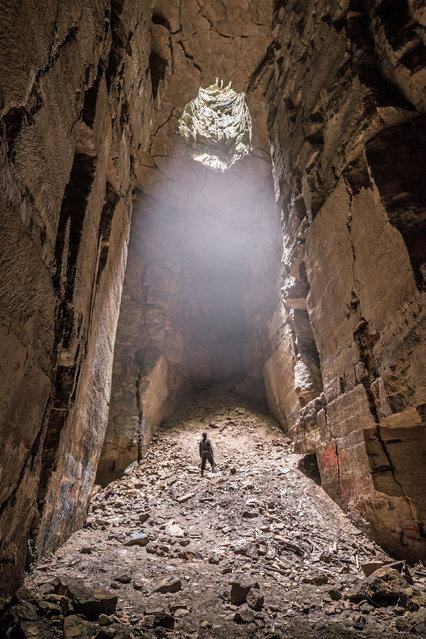
A photographer has captured these eerie images showing the scale of some of Britain's deepest darkest wonders. Mike Deere, from Reading, heads to daunting locations such as abandoned mine shafts, miles of sewer tunnels that snake underneath London and even disused cooling towers. Photo: This incredible picture was taken at the Box Freestone Mine, in Wiltshire. Mike revealed that even experienced map readers would struggle to navigate their way around the seemingly endless tunnels that he and his friends visit. (Photo by Mike Deere/Caters News)
02 Jul 2014 10:52:00,post received
0 comments


